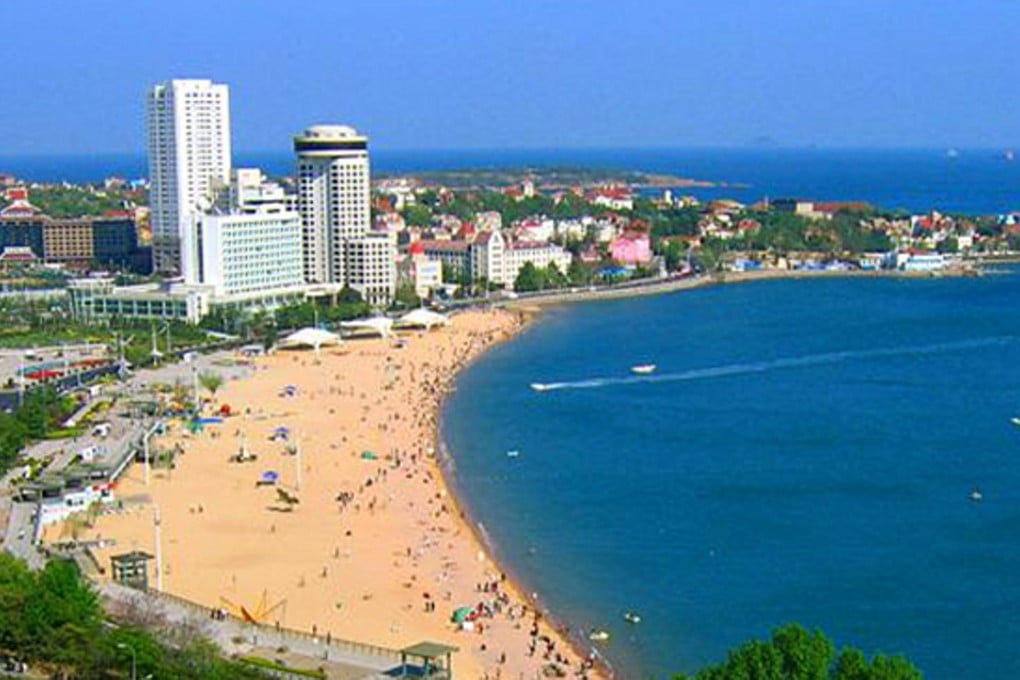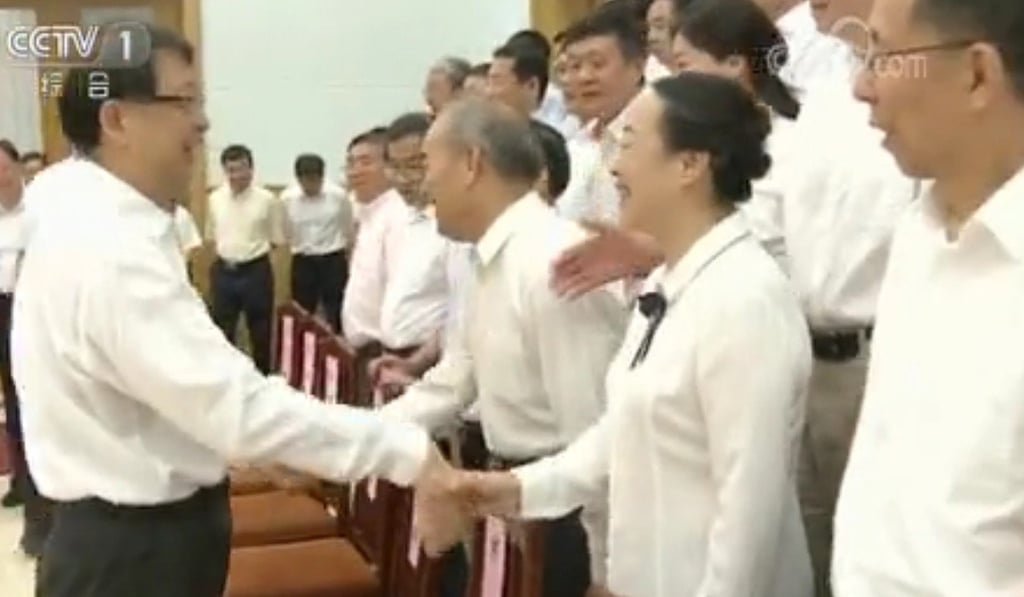Trade war storm clouds loom over Beidaihe, China’s leadership’s summer getaway
US-China dispute likely to be high on the agenda for Xi Jinping and other senior figures at their annual retreat

The annual summer conclave of China’s top leaders got under way over the weekend, with reports in state media that scientists and engineers invited to the gathering had been greeted by two Politburo members at the seaside resort of Beidaihe.
Nearly 300km (180 miles) east of Beijing, the Beidaihe conclave is a chance for China’s most influential power brokers to mingle and unwind, and discuss policy and politics in an unofficial setting.
But there could be a cloud over this year’s seaside gathering, as an escalating trade dispute with the United States threatens to affect not only China’s economy, but also its domestic politics and foreign policy.
When the 62 experts on the guest list arrived for the conclave on Saturday they were met by lower ranking officials than in previous years under President Xi Jinping. Communist Party personnel chief Chen Xi and Vice-Premier Hu Chunhua greeted the professionals, mostly scientists and engineers, according to Xinhua.
During Xi’s first term, this duty had been taken up by Liu Yunshan, who was first secretary of the party’s Central Secretariat and a member of its innermost Politburo Standing Committee. His successor Wang Huning apparently skipped Saturday’s meeting.

The gathering is under way as the world’s two largest economies are locked in a bitter row that has seen 25 per cent tariffs imposed on US$34 billion of each other’s products. Washington has threatened to apply 25 per cent duties on another US$200 billion worth of Chinese goods, and US President Donald Trump has warned that he is ready to go after all Chinese products – amounting to over US$500 billion.
Last week, the party’s ruling Politburo held a meeting to discuss the country’s economic situation, pledging to ensure economic stability. Without specifically mentioning the trade conflict with the US, it acknowledged that the world’s second-biggest economy was facing uncertainty brought about by “new problems, new challenges, and significant changes in the external environment”.